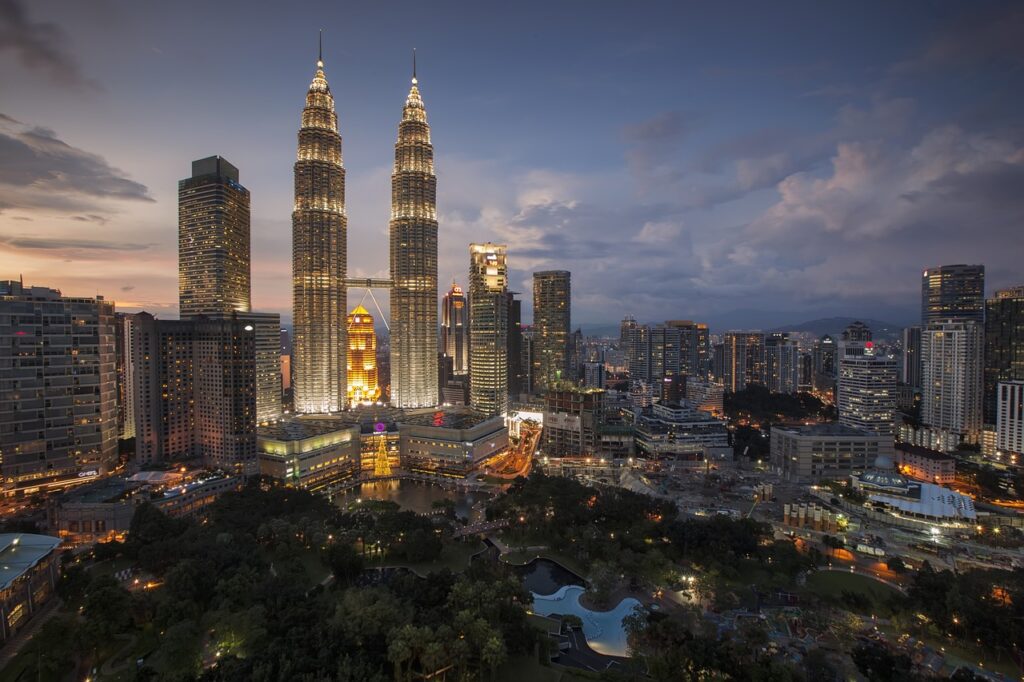
British Malaya famously described as a set of states located on the Malay Peninsula that came to British control from 1826 to 1957. The British colony of Malaya spanned for nearly 2 centuries to secure trade routes and key ports around Southeast Asia.
The British established their first settlement in Penang back in 1786. Over following decades, the British expanded their presence by establishing Singapore and Malacca in the 1800s. These settlements widely known as the strait settlements that control important trade routes.
British Malaya left lasting legacies that continuously shape modern Malaysia in sectors like politics, economics, culture, and heritage. This article will explores the impact of British influence that remain deeply embedded in modern Malaysia today.
How did Malaysia gain independence from Britain?
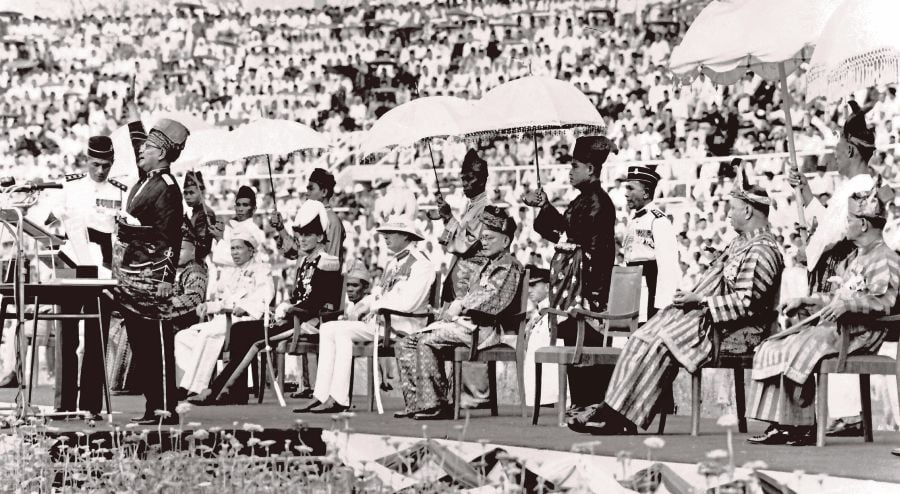
Independence movement in Malaysia began in the early 20th century. The global decolonization movements inspired the Malaysian people to start the same movement. Especially during Japanese occupation of British Malaya, the independence movement intensified.
In 1946, British Malaya once again returned under the British control. The British proposed the Malayan Union with an aim to consolidate its rule over the Malay states. In response, many Malays opposed this movement and created United Malay National Organization (UMNO) under Tunku Abdul Rahman.
UMNO worked together with Malayan Chinese community (MCA) and Malayan Indian Congress (MIC) formed alliance party with an aim gain their independence from the British colonial rule. Under the leadership of Tunku Abdul Rahman, the British granted independence for the Federation of Malaya on August 31, 1957. Making Malaysia an independent and a sovereign state.
How did the British Malaya Shaped Modern Malaysia?
Impact of colonialism isn’t always entirely negative. One of notable example be seen in Malaysia, where British presence left lasting positive influence on Malaysia’s modern development. British colonial era left the greatest enduring legacy.
From the creation of political system, economic reformation, multicultural society, the British influence shaped Malaysia profoundly, even after their independence. Unlike the Portuguese and Dutch, who left smaller legacy compared to the British.
Impact on Political System and Governance
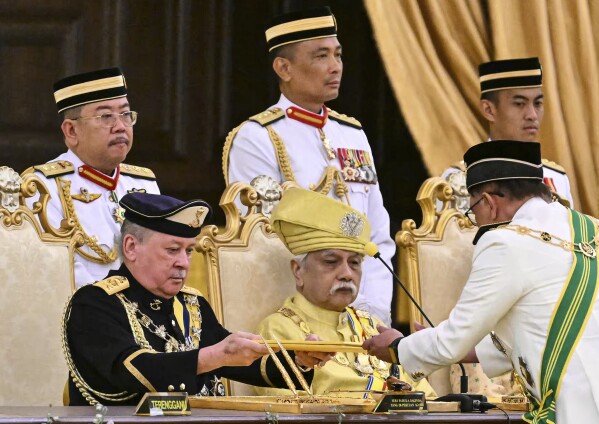
British colonial has a significant impact on Malaysia’s political system and governance. The British implemented their common law principles by creating structured civil service structure, institutional foundation, and legal frameworks of Malaysia.
One of the notable examples can be seen on Malaysian Administrative and Diplomatic Service (Perkhidmatan Tadbir dan Diplomatik, PTD), which heavily influenced from The British colonial administrative structure. This organization responsible to recruit, train, and deploy officers for roles in the government.
Like the British practice, the PTD practiced a system of meritocracy, where merit-based and promotion system being implemented. This practice ensures that the most capable individuals held an important role in the government and public administration.
Furthermore, the British introduced a centralized government by merging different sultanates across the Malay peninsula into 1 unified administrative system. This unified system later became the main foundation of the Federation of Malaya, which eventually became known as Malaysia (Omar, 2012).
British rule also influenced the creation of Malaysia’s federal structure, a unique system that balance central authority with regional autonomy. By implementing federal structure, each states in Malaysia retained some control on internal matters such as local customs and religion activities. On the other hand, the Central government focus on bigger areas like economic policies, national defense, and foreign affairs.
Economic Impacts on Malaysia
The British colonial period heavily shaped Malaysia’s economic landscape. The colonial period plays a vital role in laying foundations that impacted Malaysia for a long period of time. Here are some main impacts created from British colonial period:
Development of Infrastructure and Urban Planning
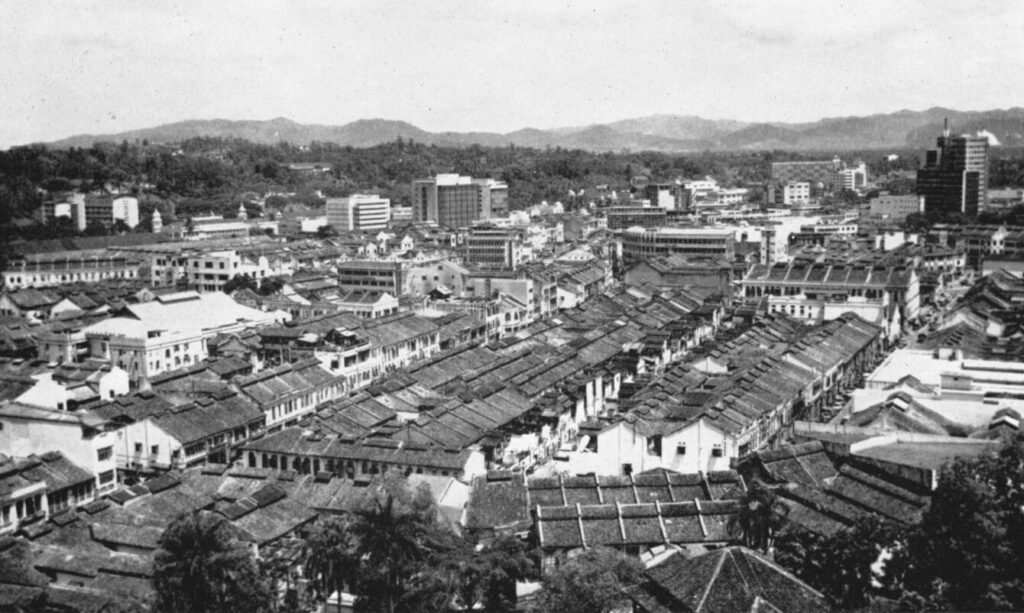

The arrival of British marked a period of massive infrastructure development across Malaysia. They established extensive roads, ports, and rail networks that facilitate resource extraction and export. These infrastructure developments benefited Malaysia in a long term by enhancing connectivity across states.
Furthermore, the British developed cities like Kuala Lumpur and Penang as economic hubs. Kuala Lumpur, rich in tin deposits, became a major site for mining in the 19th century. To facilitate the production process, the British constructed roads, railways, administrative buildings and government buildings that attracts workers, traders, and merchants to settle in the city. This development succesfully transform Kuala Lumpur from a small mining town to a bustling city.
On the other hand, Penang possess a strategic location on the strait of Malacca, which considered by the British as an ideal spot for a port. The British established Penang as a free port and attracted foreign traders across Asia to settle in the area.
Furthermore, the British implemented free-trade policy in Penang, where trade without taxes was encouraged in the past. With Penang’s development maturity, the British expand their influences in Southeast Asia and used Penang as their foothold for politics, trade, and military purpose.
Economic Segmentation by Ethnicity in British Malaya
Economic opportunities in Malaysia created multi-ethnic society in the Malay peninsula. The existence of major plantations and mines across Malaysia, the British attracted many foreign workers from China and India.
In the later years, the British implemented policies that indirectly segregated these ethnic groups based on occupation. The Malay primarily engaged in rural agriculture, the Chinese communities took on roles in business and mining, and Indians primarily focused in plantation work.
Without realizing, this policy caused a massive disparity between the ethnic groups, where economic opportunity and wealth accumulation had a long-lasting impacts on Malaysian society.
Foundation for Industrialization

Upon gaining independence, the economic foundations created by the British provided a massive opportunity for rapid manufacturing and industrialization. Malaysia’s well-developed infrastructure, modern financial and banking systems, better legal and administrative frameworks, and multicultural workforce all enabled Malaysia to emerge as a manufacturing powerhouse in electronics and machinery.
During the period of 1970-1990, Malaysia implemented a policy called New Economic Policy (NEP), aiming to reduce poverty and to restructure the economy. Furthermore, another emphasis of this policy is to secure competitive share of the global market for manufactured goods from Malaysia. In line with this policy, the Malaysian government followed the British model in making Penang as a free trade zones.
Manufacturing firms located in Penang will received duty-free imports of raw materials, tax concessions, and lower wages. Various industries from textiles, automotive, rubbers, electronic machineries, and other heavy industries started to emerged in this region. The strategic move successfully attract foreign investment and strengthen Penang’s position as a major manufacturing and export hub of Malaysia.
Impact on Social and Culture on Modern Malaysia
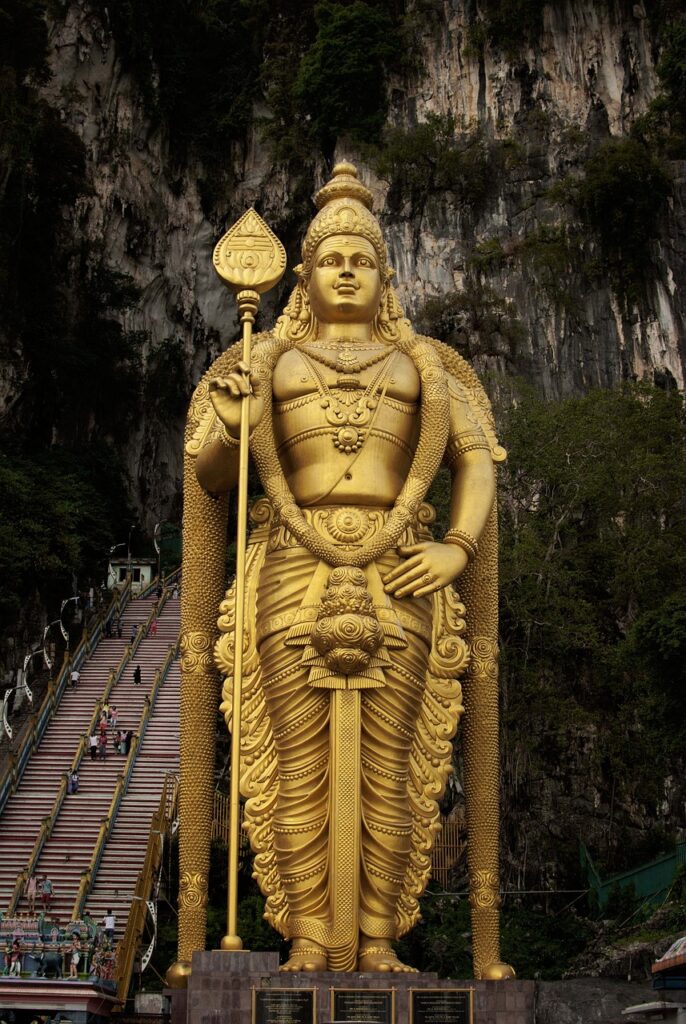
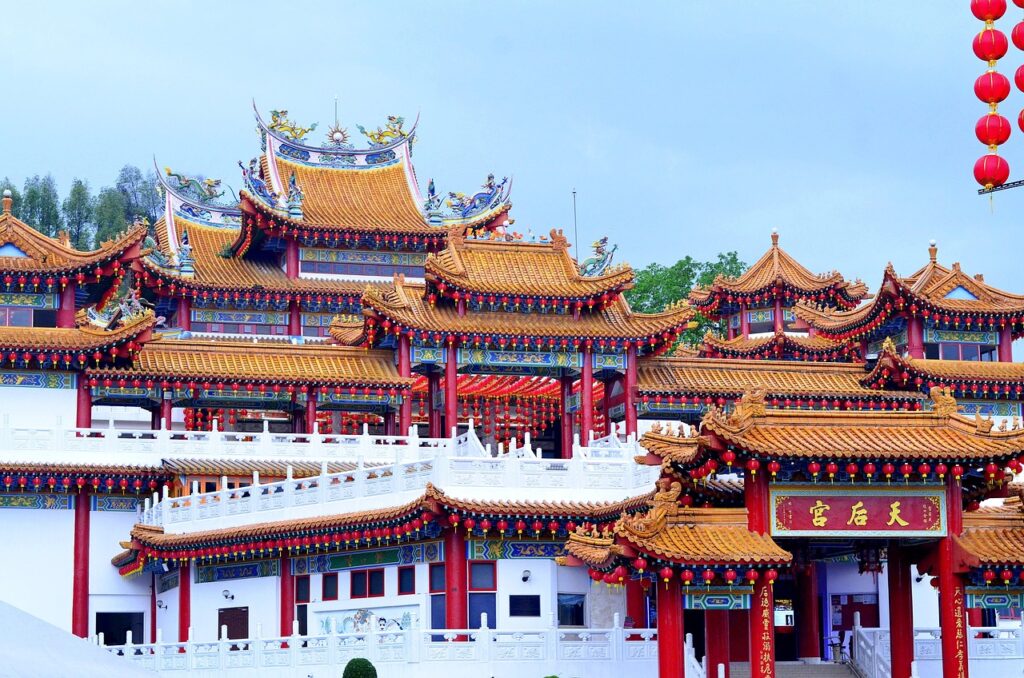
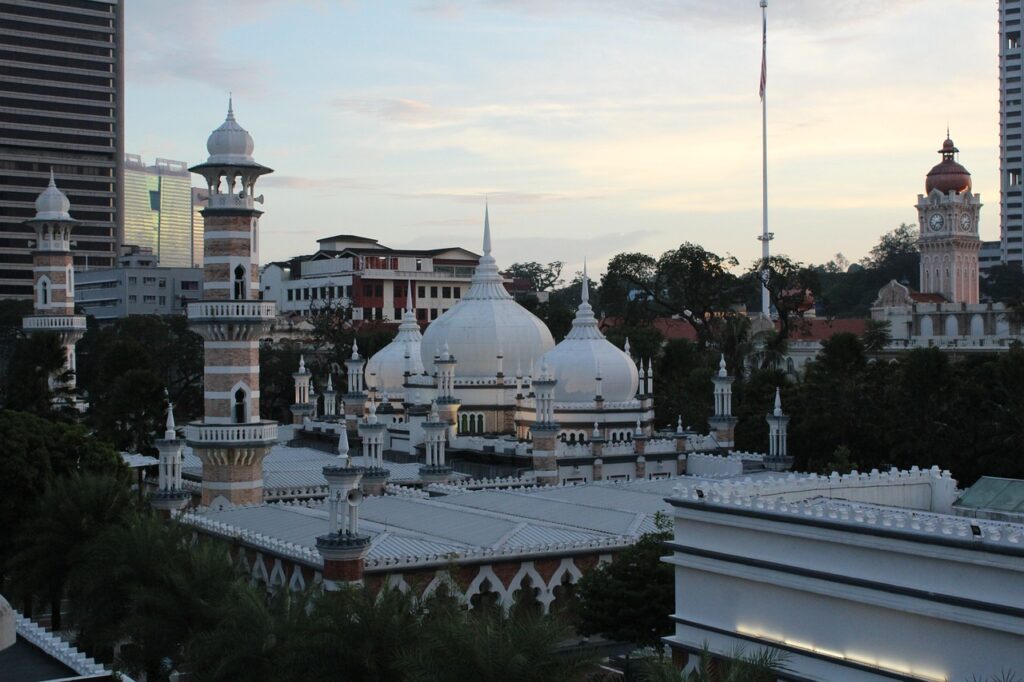
British colonial rule reshaped the Malaysian society, which contributing to multiculturalism. Malaysia successfully built its own identity in modern times with British legacy embedded in its social fabric.
Multiculturalism in Modern Malaysia
As mentioned before, with the rise of Chinese and Indian immigration during the British colonial time, Malaysia became a boiling pot for many cultures. The migration laid the foundation of Malaysia’s multicultural society. Malaysia’s unique cultural fusion can be witnessed on cultural festivals, vibrant neighborhood, and ethnic enclaves like China town, Malay village, and Little India.
English as a Second Language
The British placed importance on english to be the administrative and educational language. This implementation lead to widespread use and made english as a second language amongst modern Malaysian. Today, English remains vital in business, education, and international affairs. Furthermore, English serve as a bridge that connects Malaysia’s different ethnic groups.
Education and the Multi-Stream System
The British established separate schools based on different ethnic groups. At the moment, Malaysia possess Malay, Chinese, and Indian schools. Creation of independence schools used to maintain each ethnics group’s culture and language. English medium schools also played a significant role in educating the elite and strengthen Malaysian proficiency in English.
While multi-stream education support cultural preservation, it proves to present new challenges in promoting national unity in modern Malaysia. On some cases, vernacular schools often lead students to grow up in an enclave environment, which cam contribute to divisions within the Malaysian community
British Malaya Impact on Colonial Architecture in Malaysia
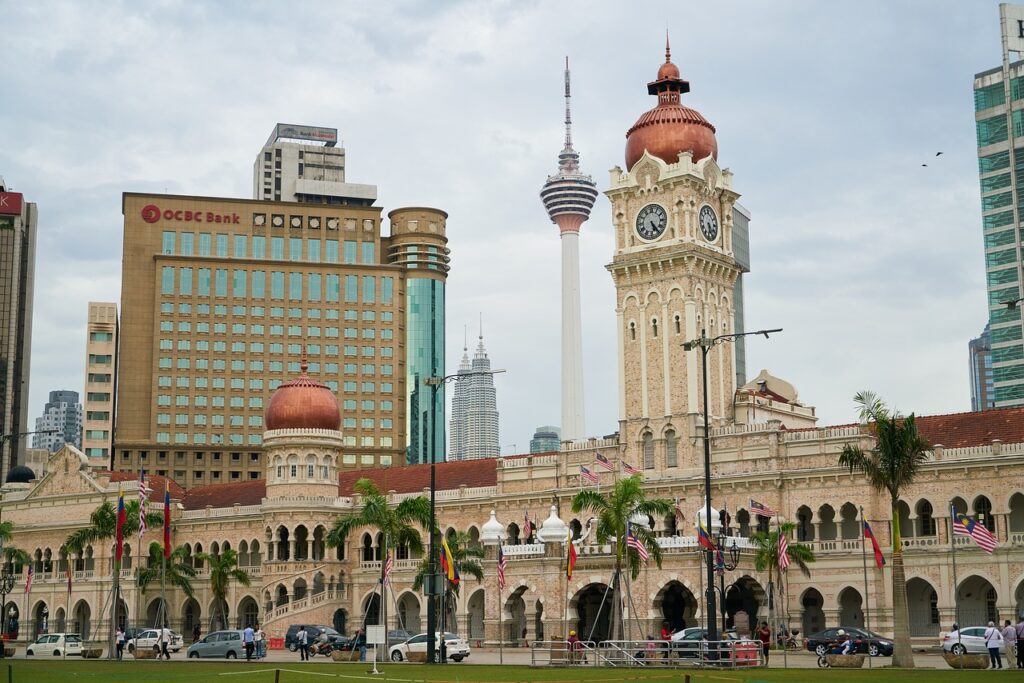
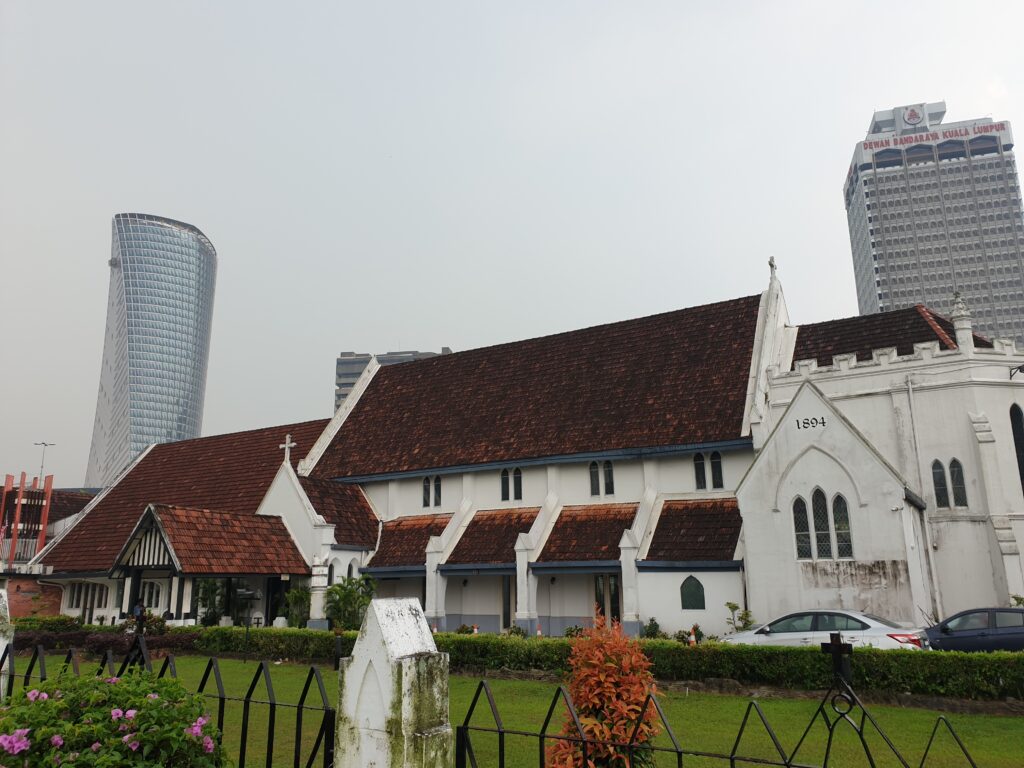
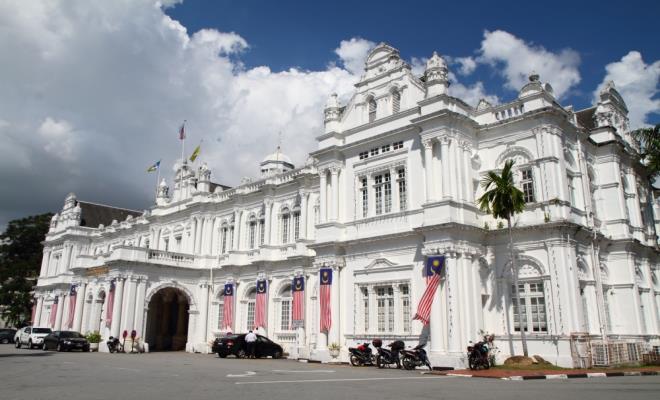

British colonial period heavily influenced Malaysia’s architecture landscape, resulting in a rich combination of colonial and local styles. Iconic government building like Sultan Abdul Samad in Kuala Lumpur show a striking fusion between Gothic and Moorish design. Another famous structure is the Penang city hall, which showcases Baroque architecture and earned recognition as UNESCO World Heritage site.
Another colonial influence on architecture exemplified by Kuala Lumpur railway station, which heavily influenced by Mughal elements. Colonial architecture also influenced both educational and religious institutions in Malaysia. The British Malaya established the University of Malaya with neoclassical style. Religious buildings like St Mary’s Cathedral and Kapitan Keling mosque become major illustration of promotion of diversity in British Malaya.
Last but not least, commercial architecture mainly found in George Town and Malacca reflects rich trading history in the region. These days, many of these architectures become heritage sites that contribute to Malaysia’s heritage and cultural identity.
References
https://eh.net/encyclopedia/economic-history-of-malaysia/
https://www.irujukan.my/kesan-penjajahan-british/
https://theculturetrip.com/asia/malaysia/articles/11-ways-great-britain-influenced-malaysian-culture
Raja, S.S. (2015). The Old and New Malaya of Colonial Days and Its Continuity Into Modern Day Malaysia. [online] ResearchGate. Available at: https://www.researchgate.net/publication/282530348_The_Old_and_New_Malaya_of_Colonial_Days_and_Its_Continuity_Into_Modern_Day_Malaysia [Accessed 1 Nov. 2024].
Omar, R. (2012). A Historical Perspective of Federalism in Malaysia and Its Effects on The Current System of Federalism. [online] Semantic Scholar. Available at: https://www.semanticscholar.org/paper/A-HISTORICAL-PERSPECTIVE-OF-FEDERALISM-IN-MALAYSIA-Omar/b61a7e5d7663bcf1519cd247236c2aa11fc65909 [Accessed 1 Nov. 2024].

One thought on “British Malaya: Impacts of British Colonies on Modern Malaysia”